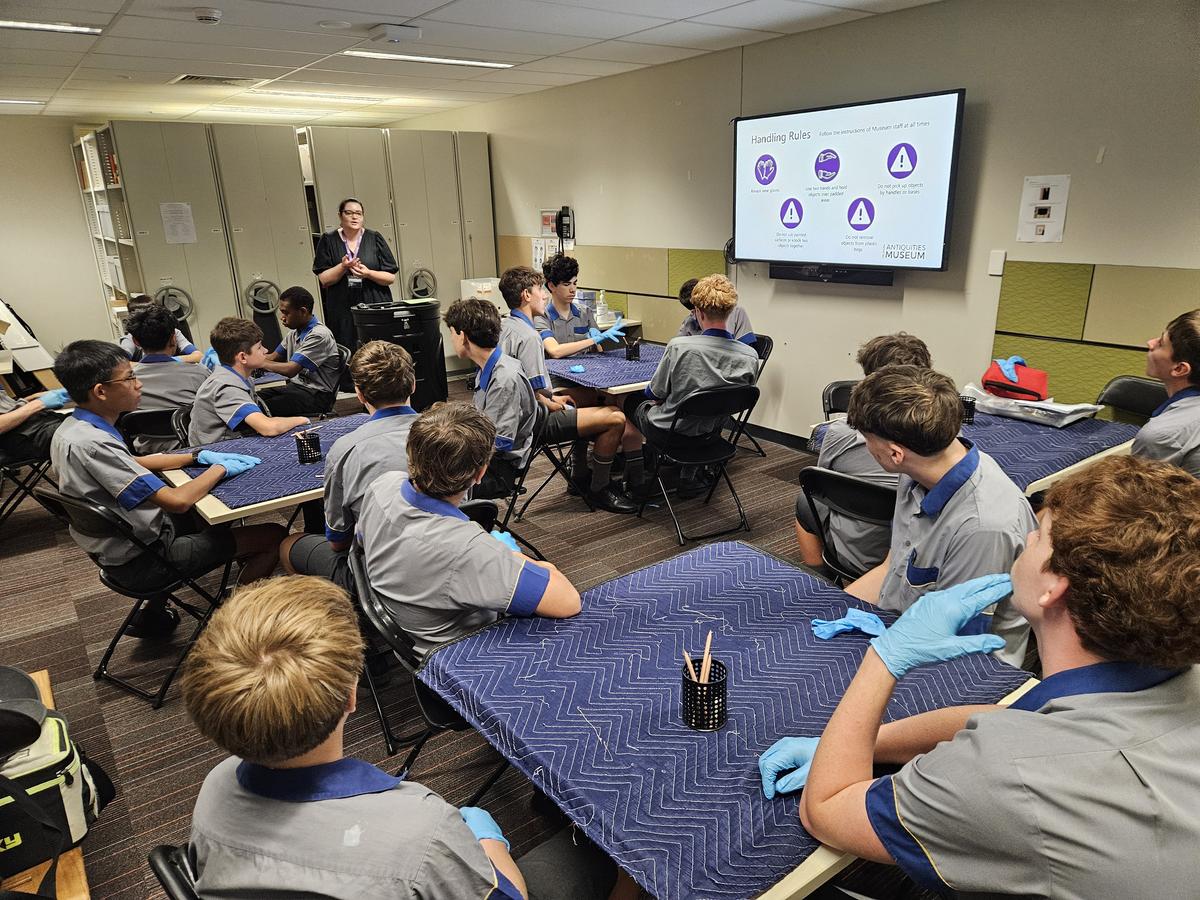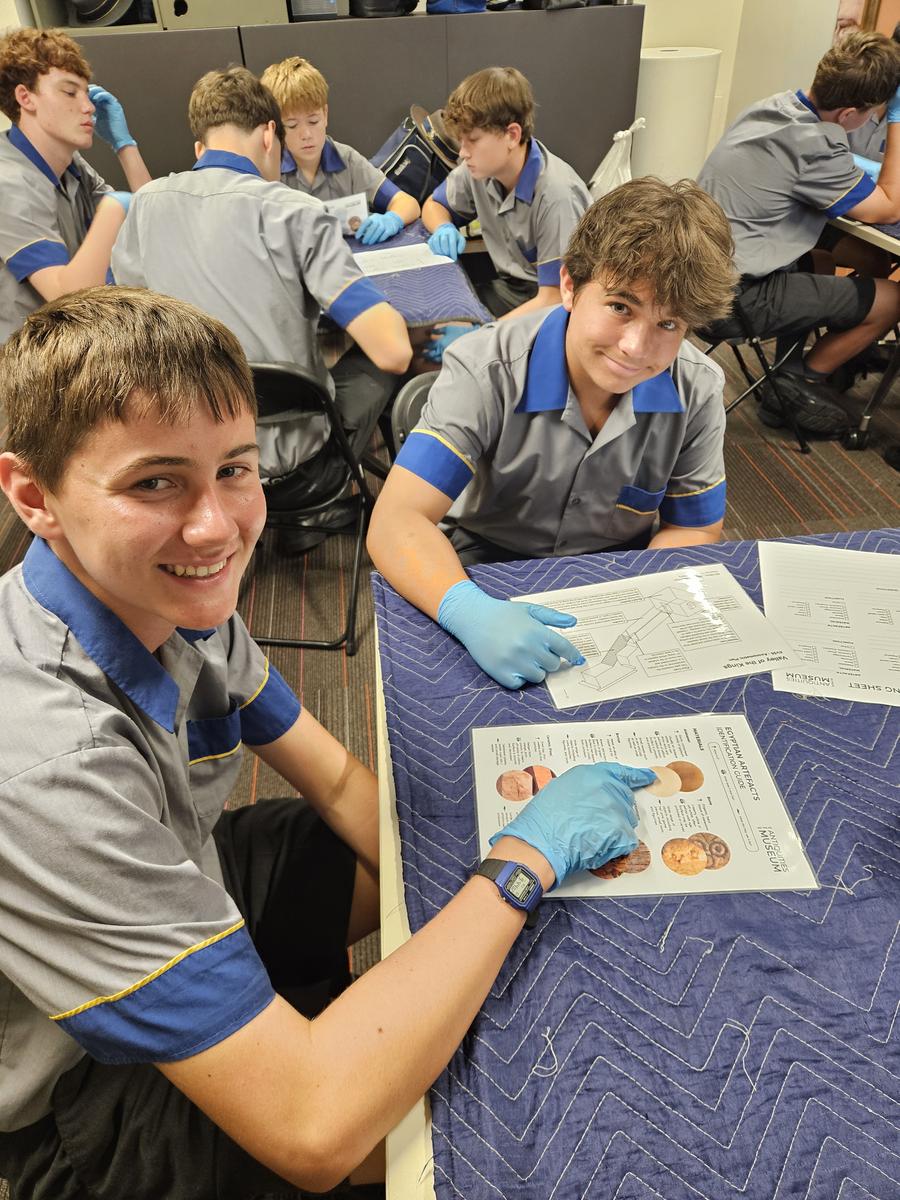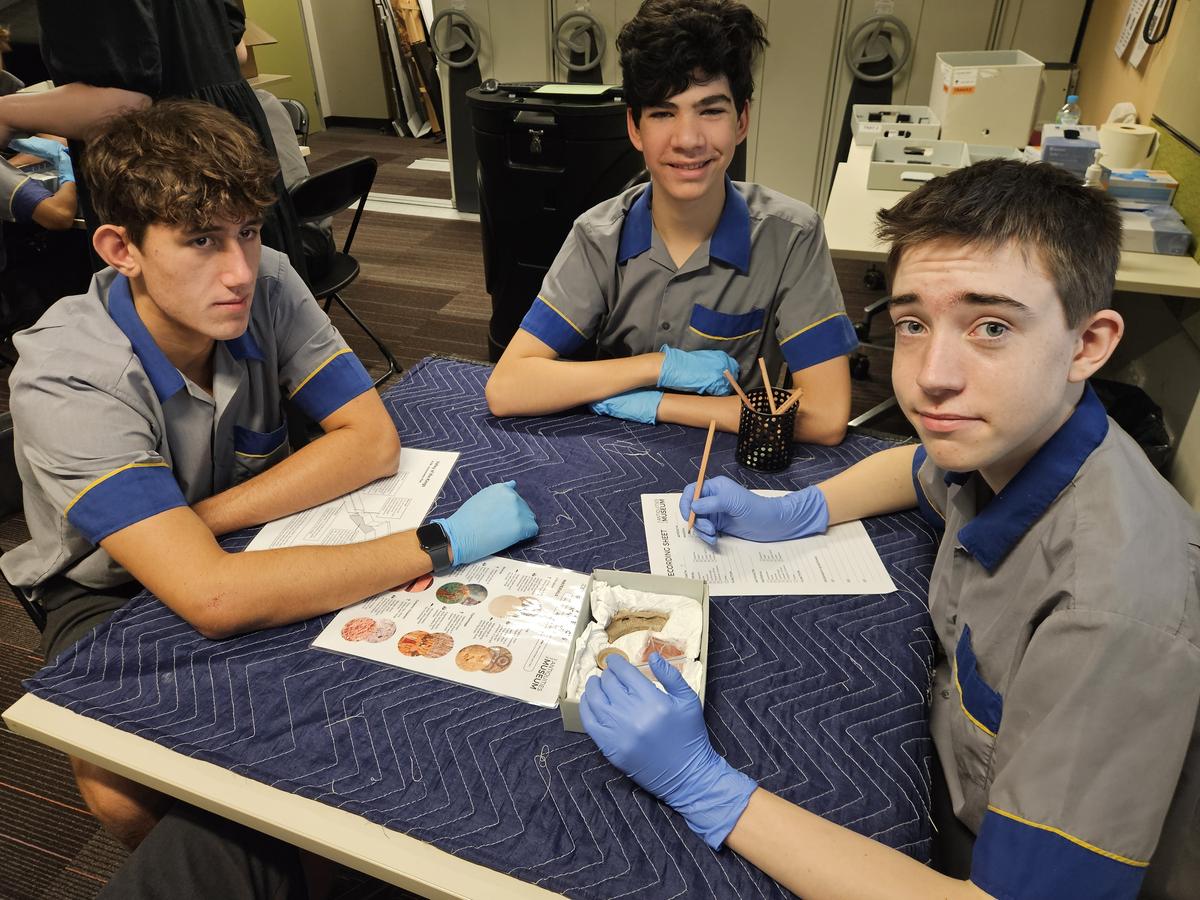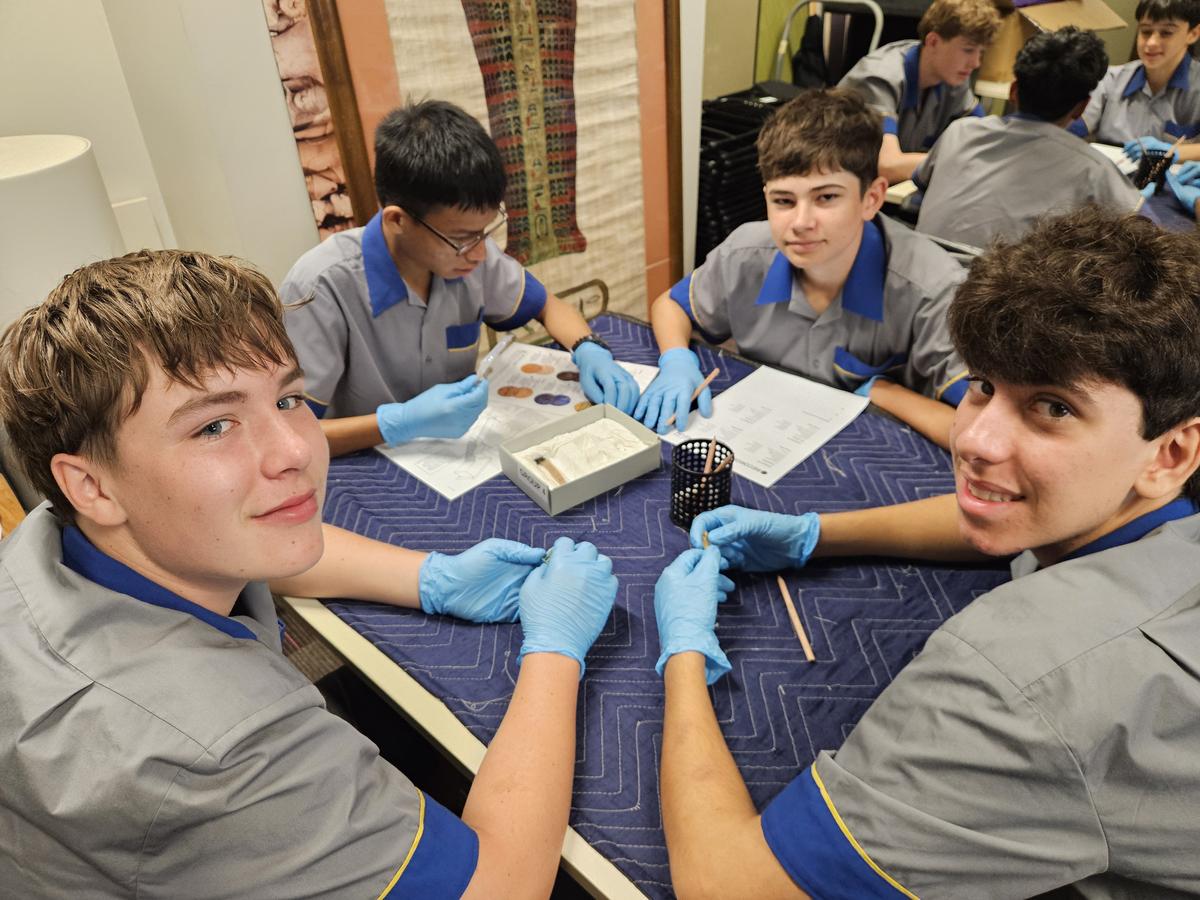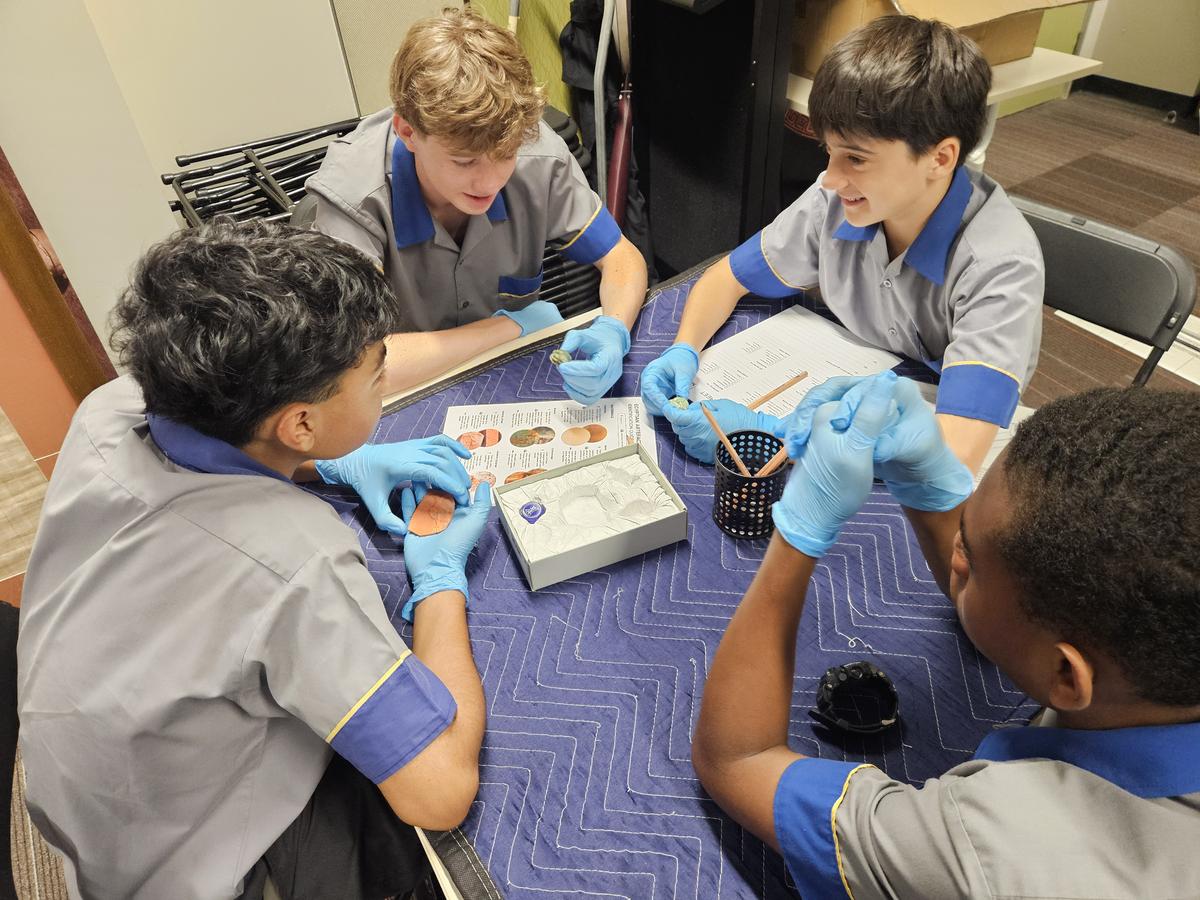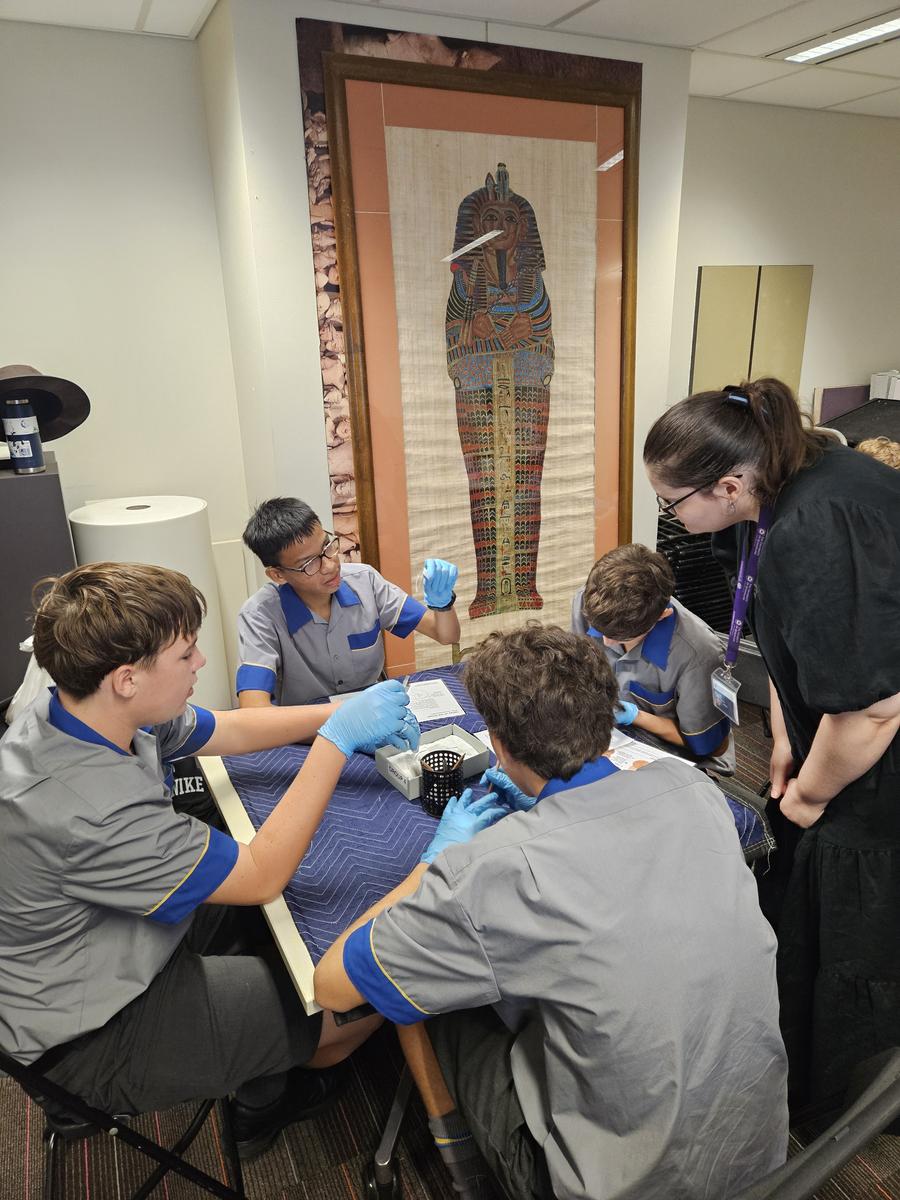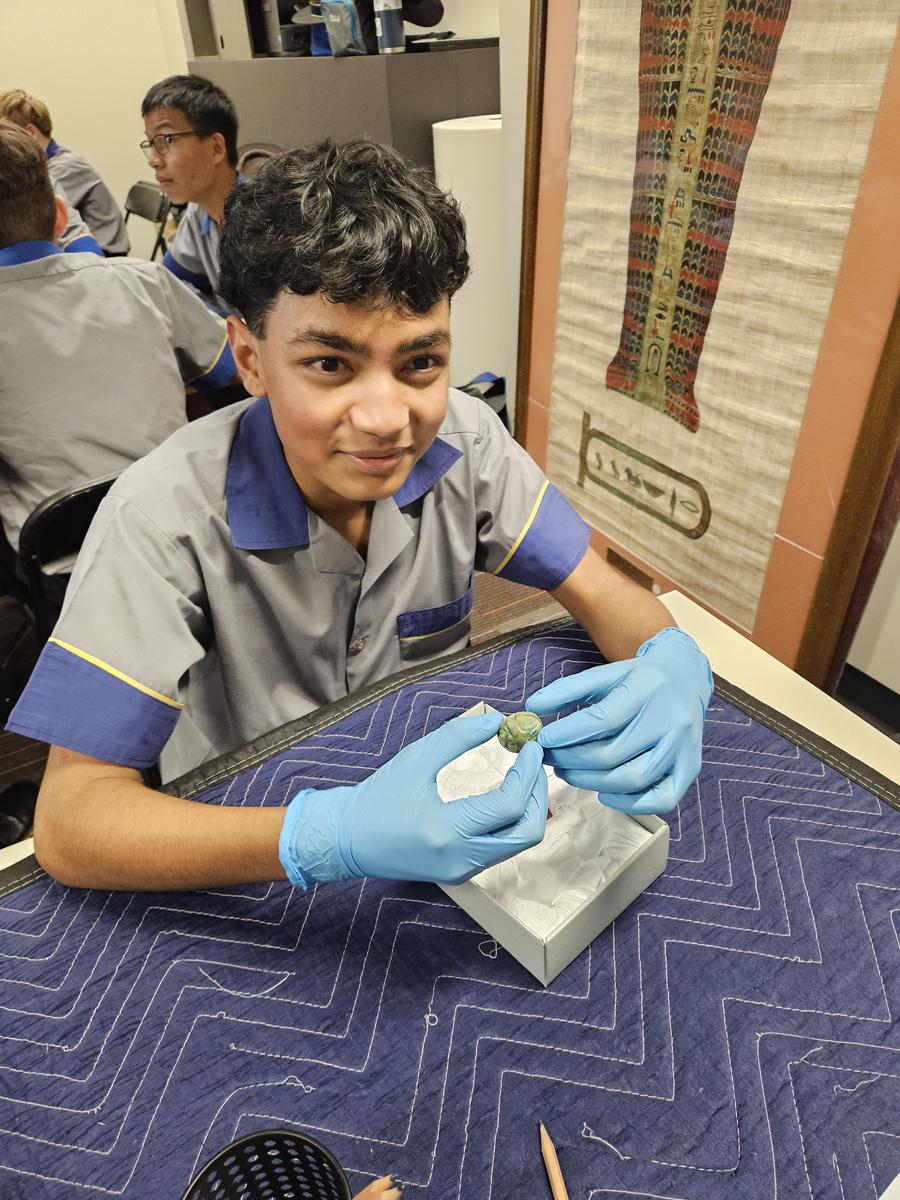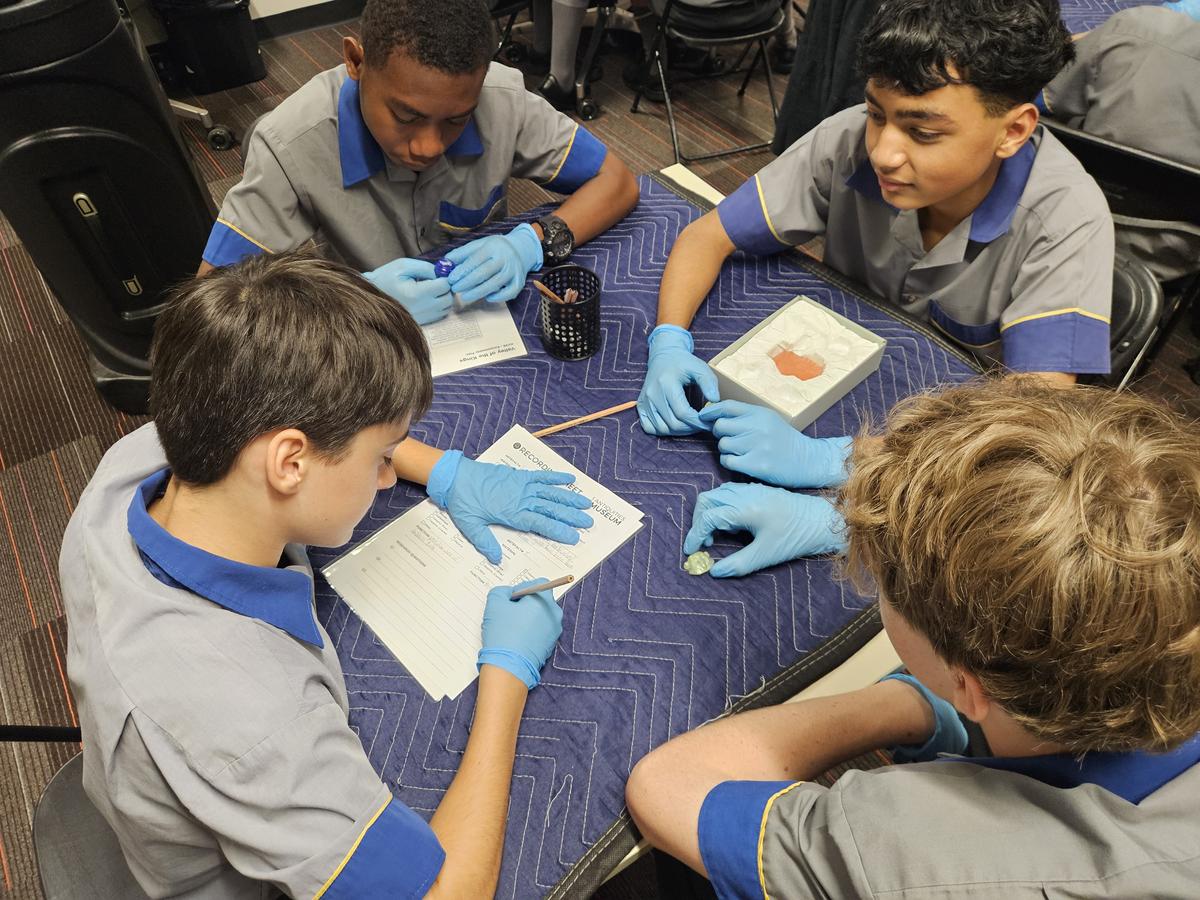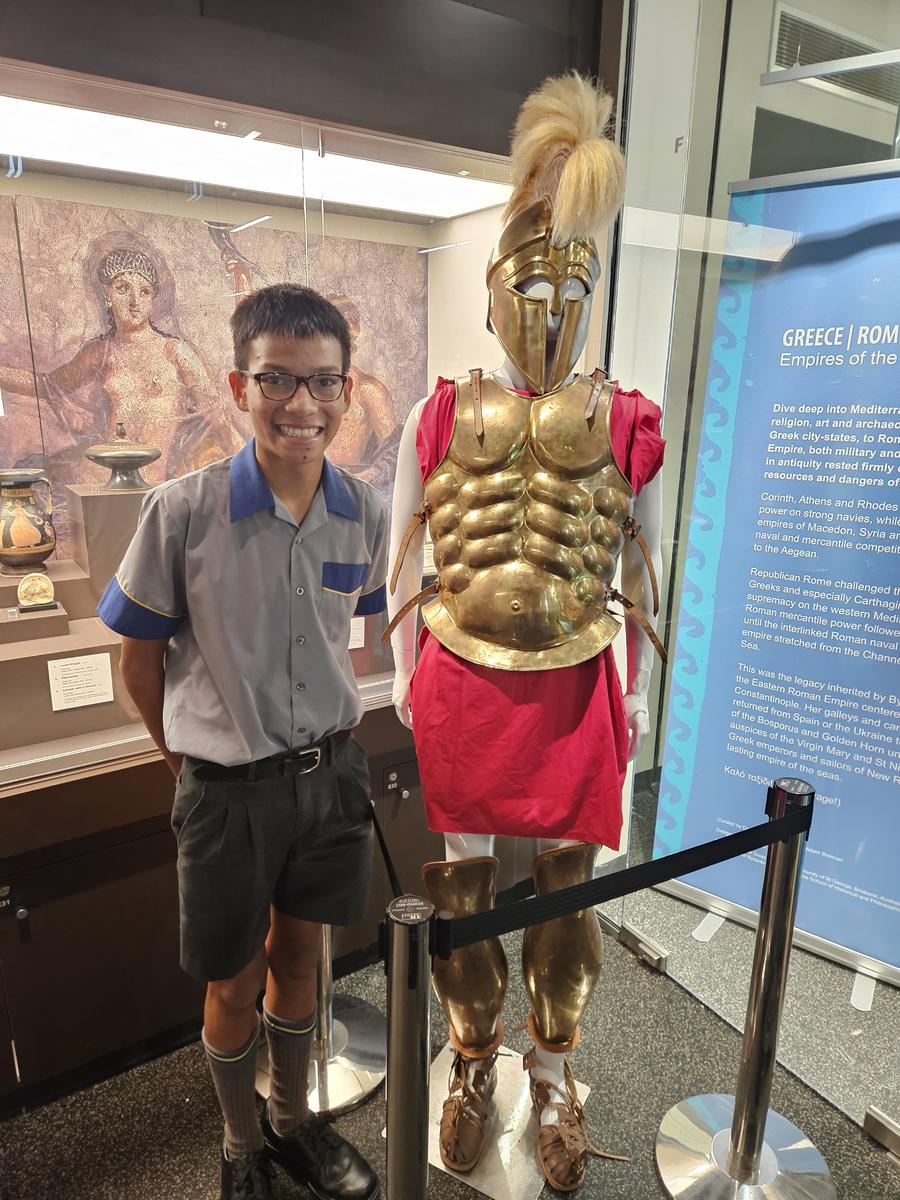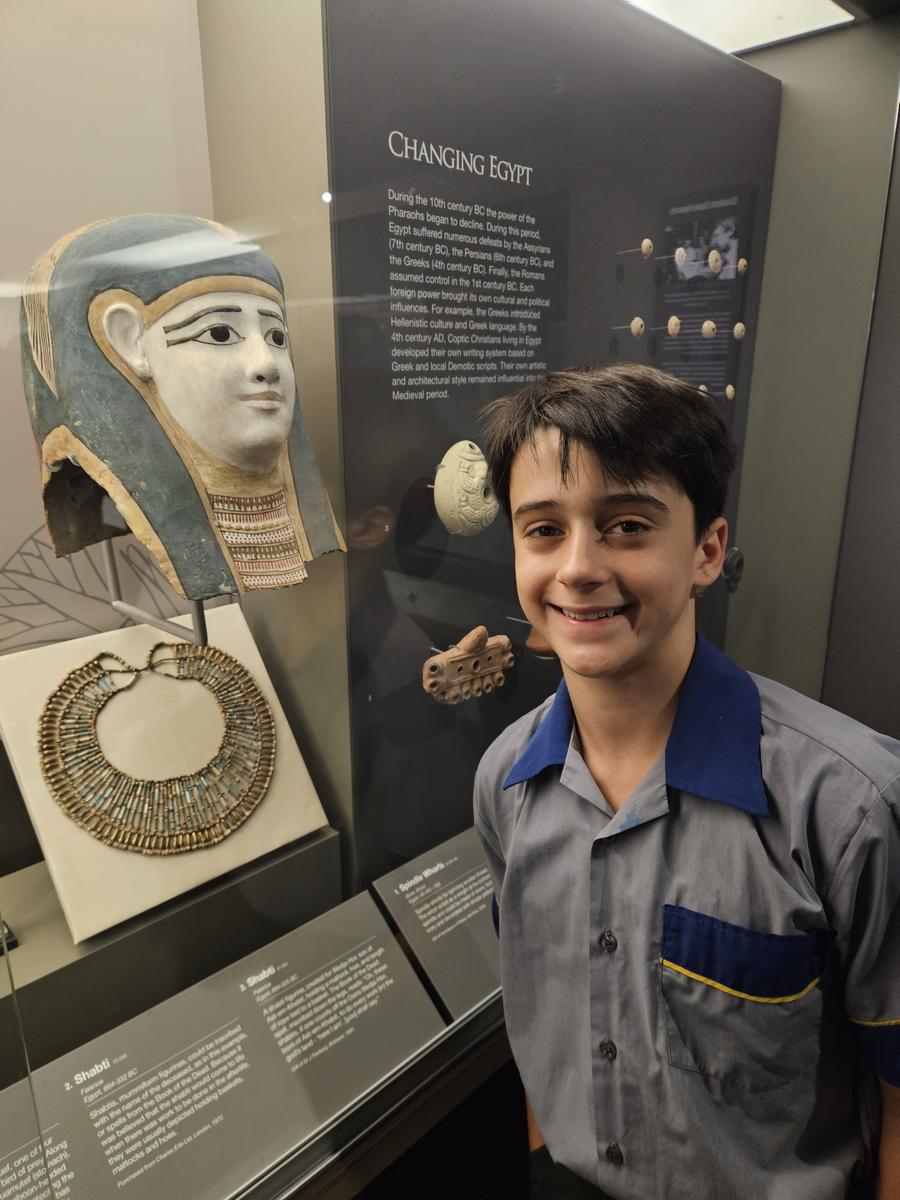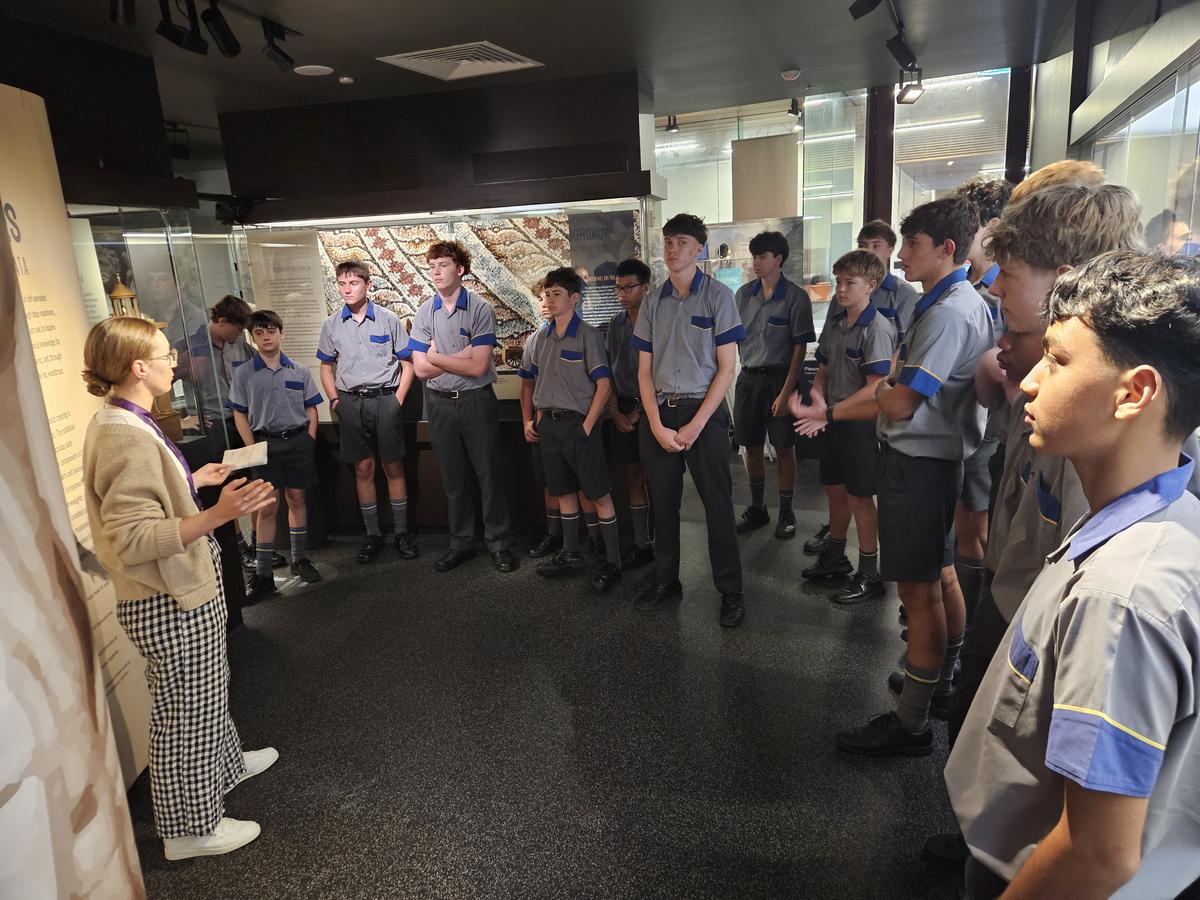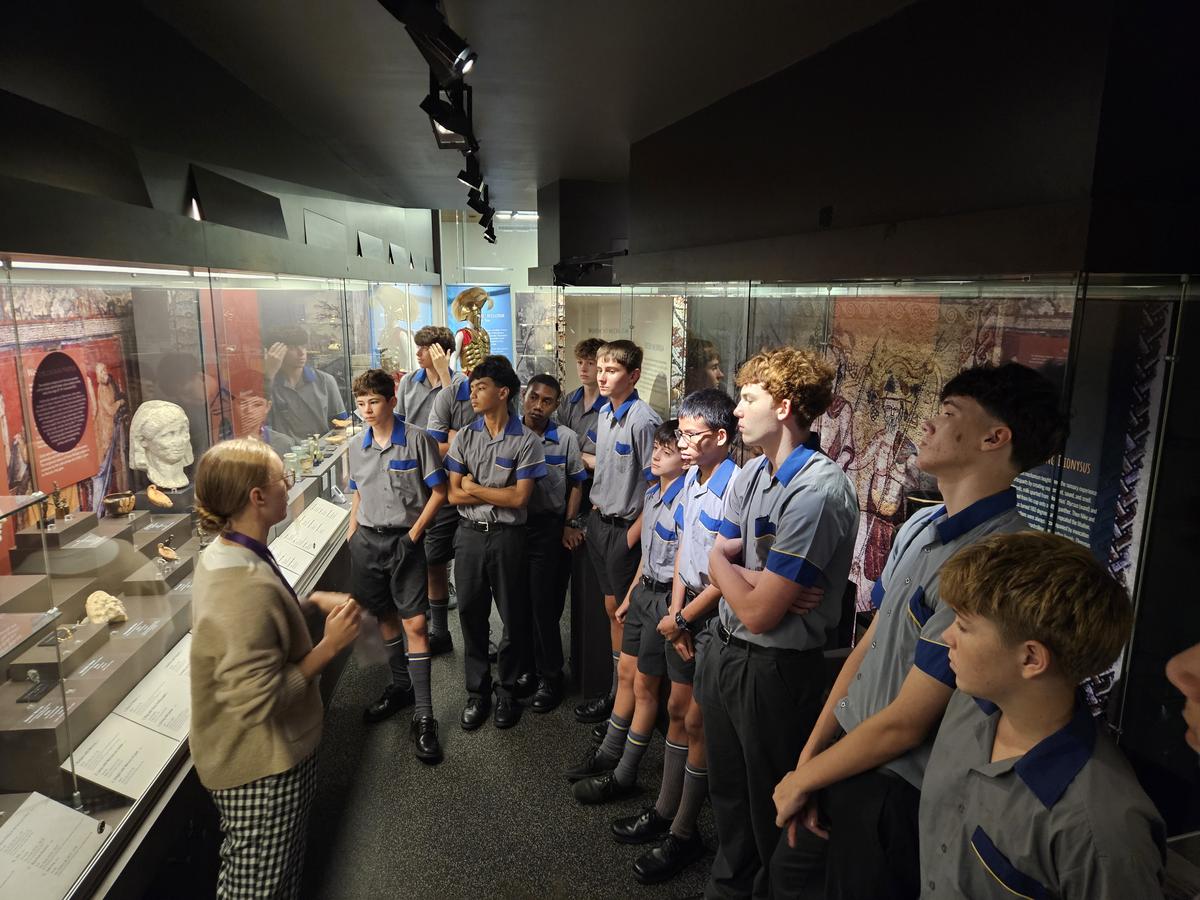Humanties News
Mr David O'Brien, Curriculum Leader - Humanities

Humanties News
Mr David O'Brien, Curriculum Leader - Humanities
Land is often damaged or destroyed by anthropogenic (human) actions, throwing the natural balance out of order. Restoring the natural functions of environments is a field of growing importance as the impact on human habitat continues to grow. Fourteen intrepid Geographers set out from Marist on Tuesday to gather data on a land cover transformation in the Numinbah Valley. Their task was to use industry-standard tools and techniques to gather information and make judgements on the quality of the land. Thanks to their exemplary engagement in the process, they are now well-placed to critique the findings and provide a critical analysis of how the land can be restored to its optimal functionality. It wasn’t all business though, with a few moments of fun and frivolity, like a canoe to the study site, a nighttime hike in search of glow worms, and a close study session of reptilian fauna from the local ecosystem.
A special thanks to Kathryn Badini for joining the field study. Your expertise and positivity kept the team firmly focused on their goal of collecting quality data. As well, thanks to Mr David O’Brien for his assistance in organising the excursion and the Numinbah education facility for the running of a quality program.
If you are interested in further studies on the impact of human actions on the environment, Geography might be the subject for you. Geography is an engaging and dynamic subject that scales well towards your ATAR at all levels. Please reach out to one of the passionate Geography teachers at Marist if you would like more information.
Patrick Dankes - Secondary Teacher
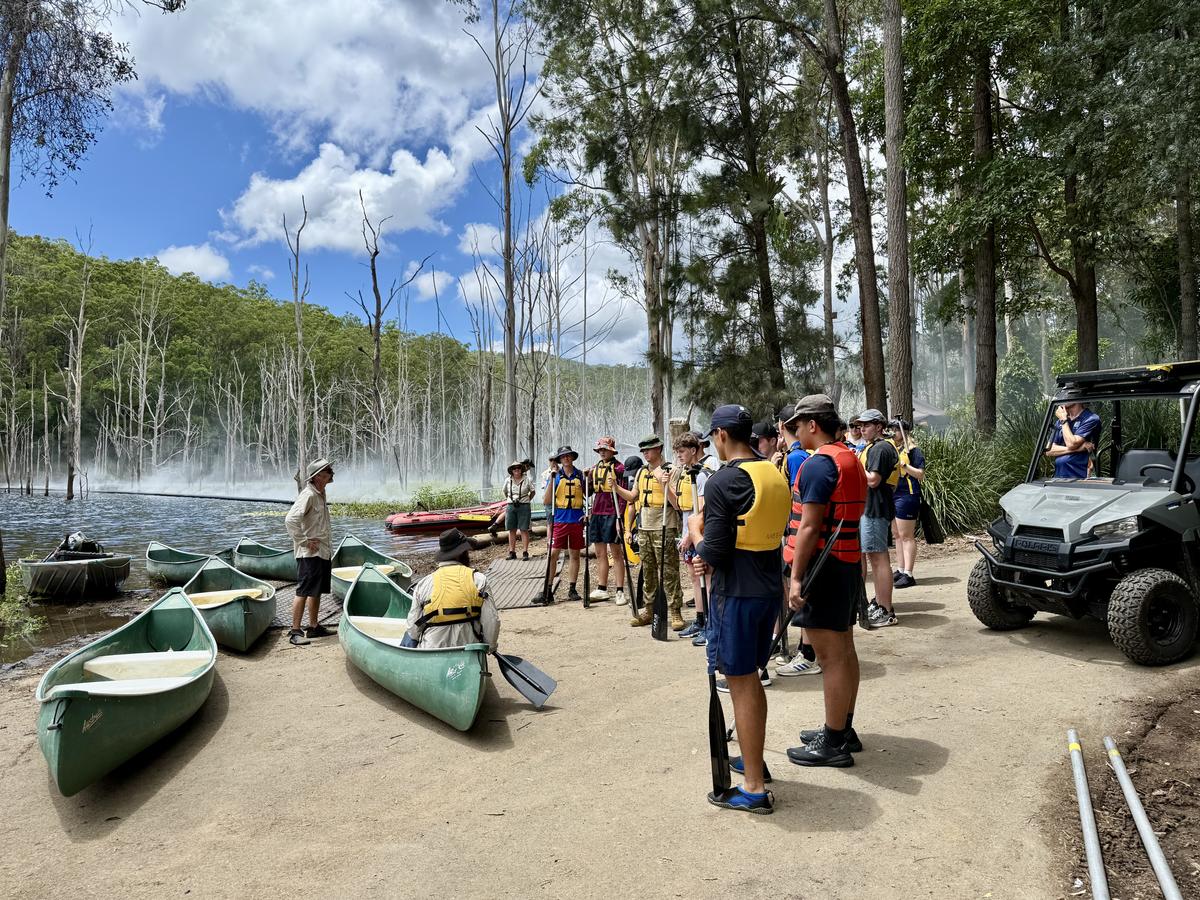
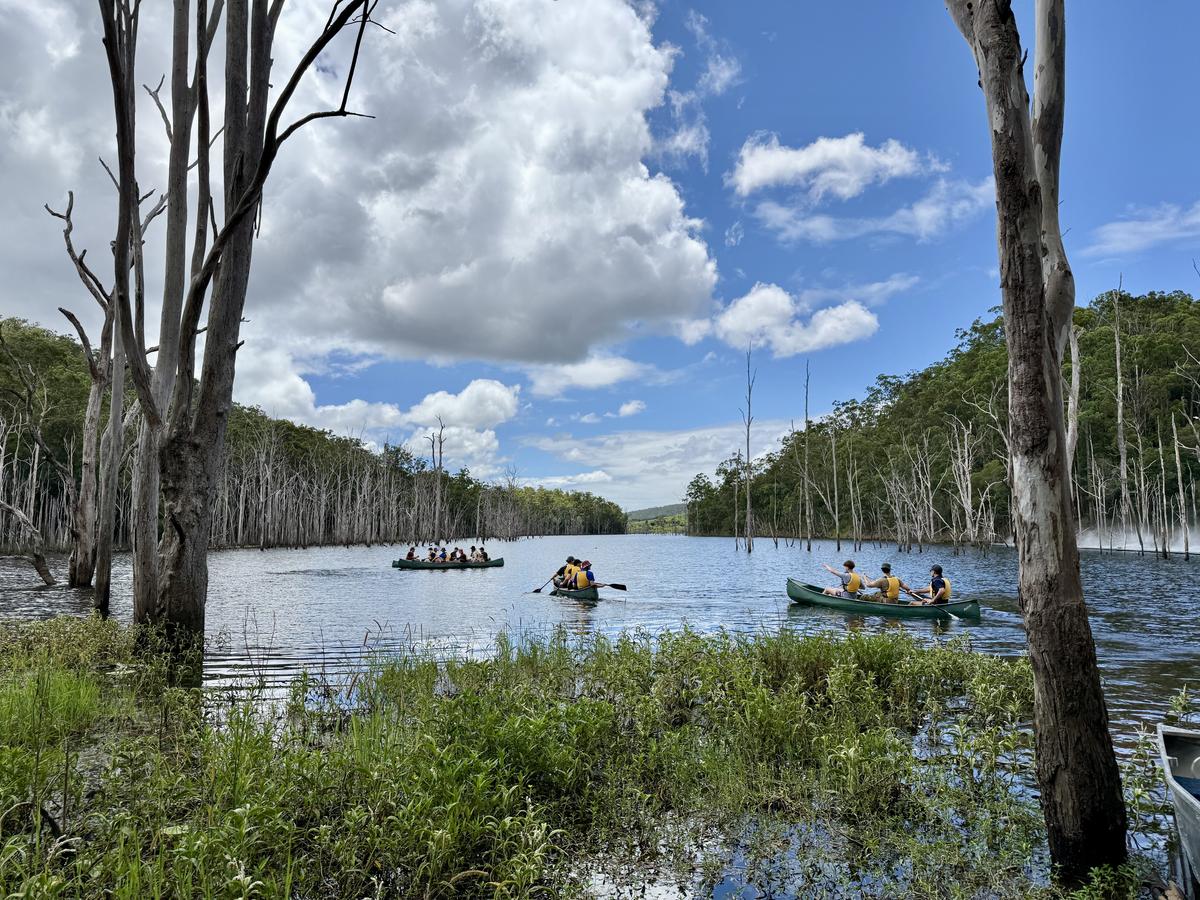
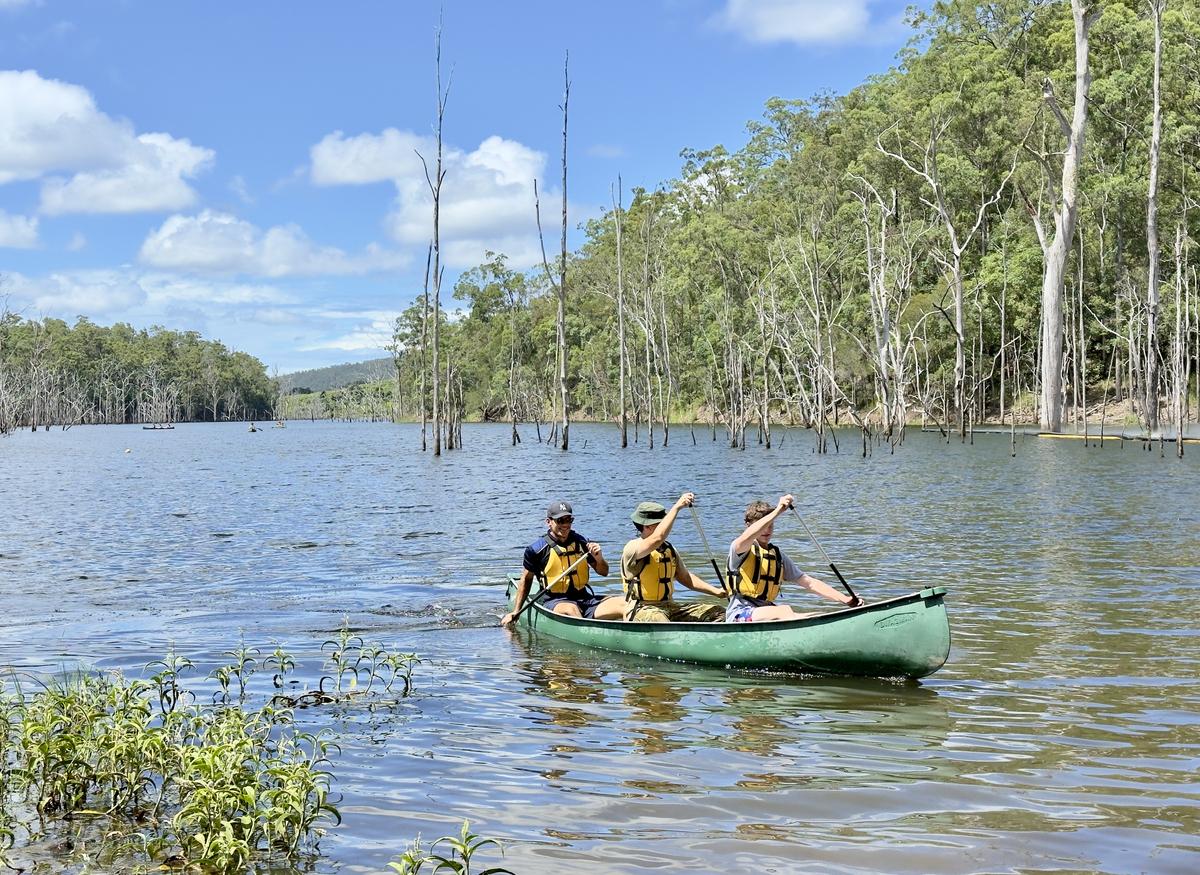
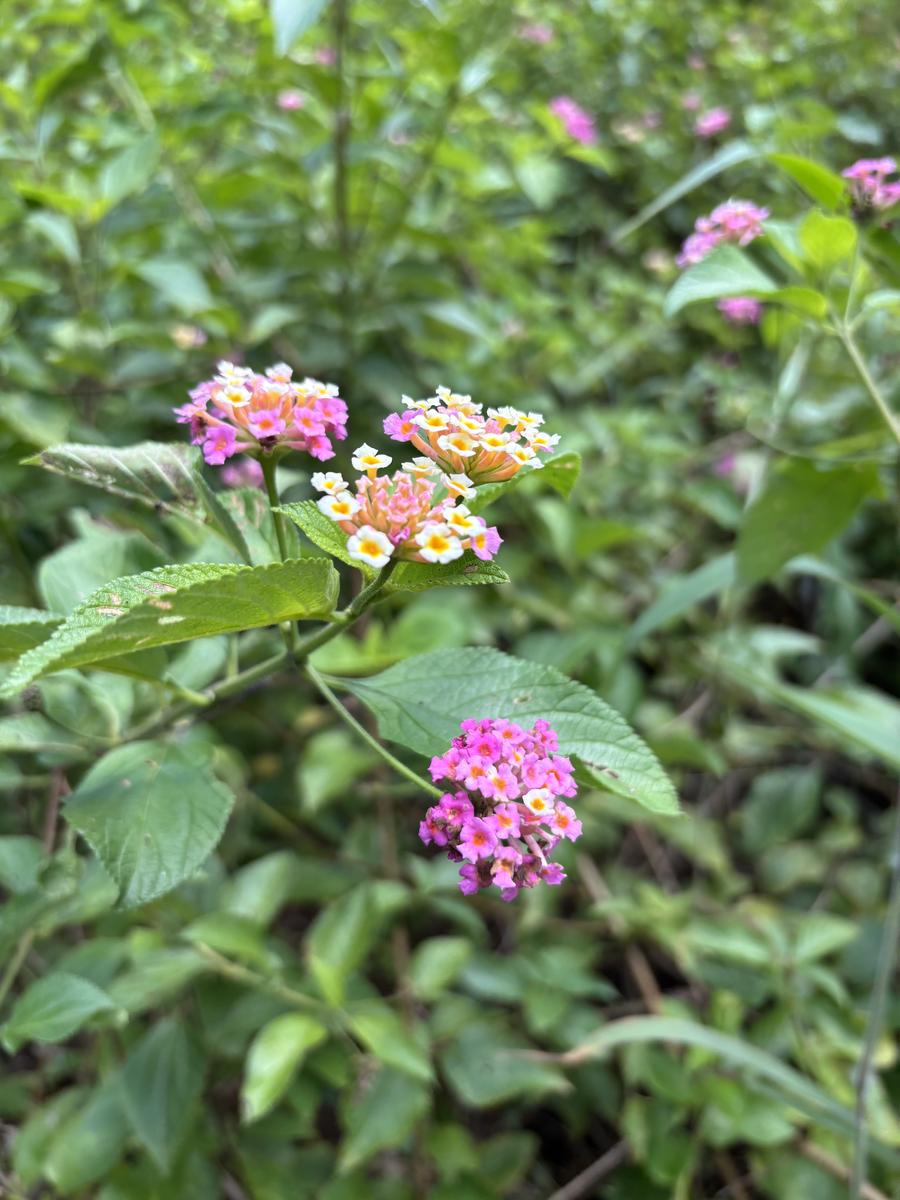
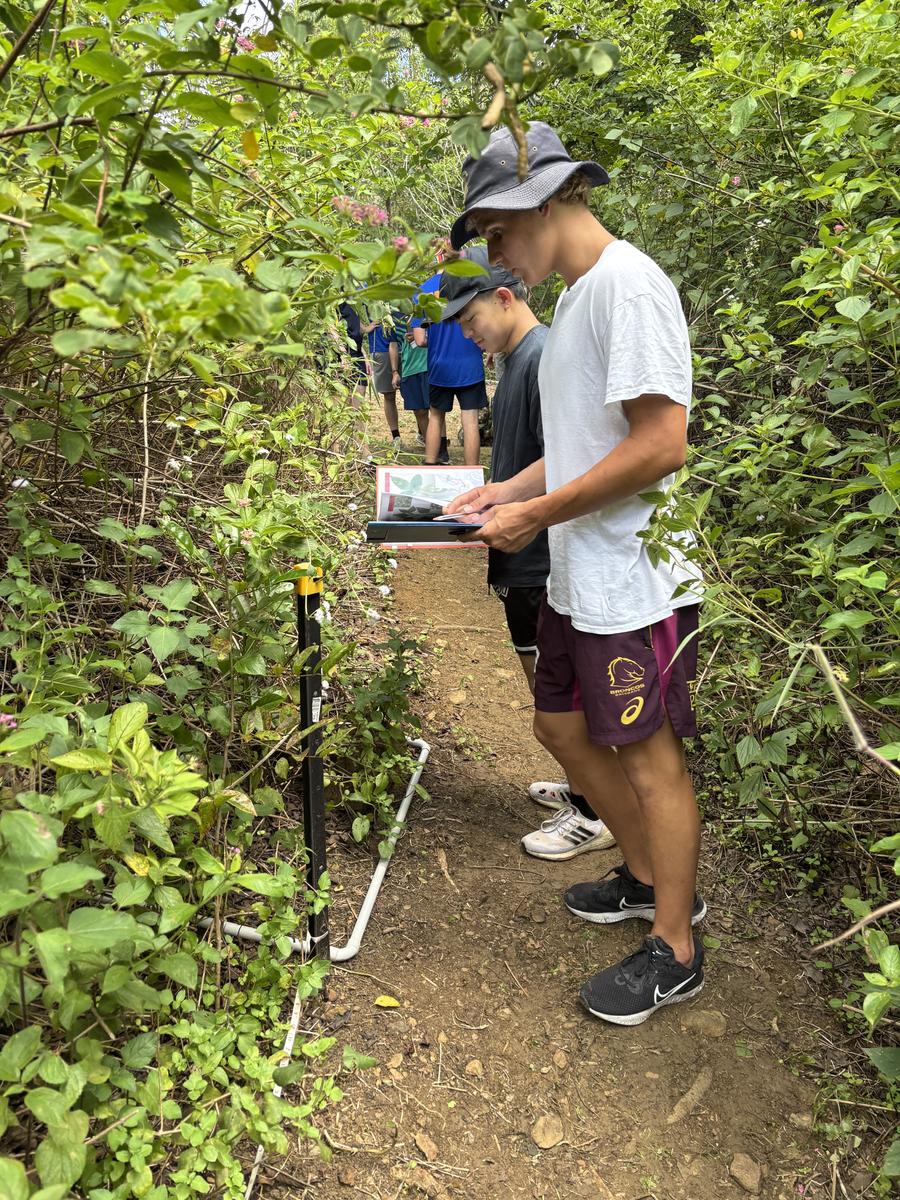
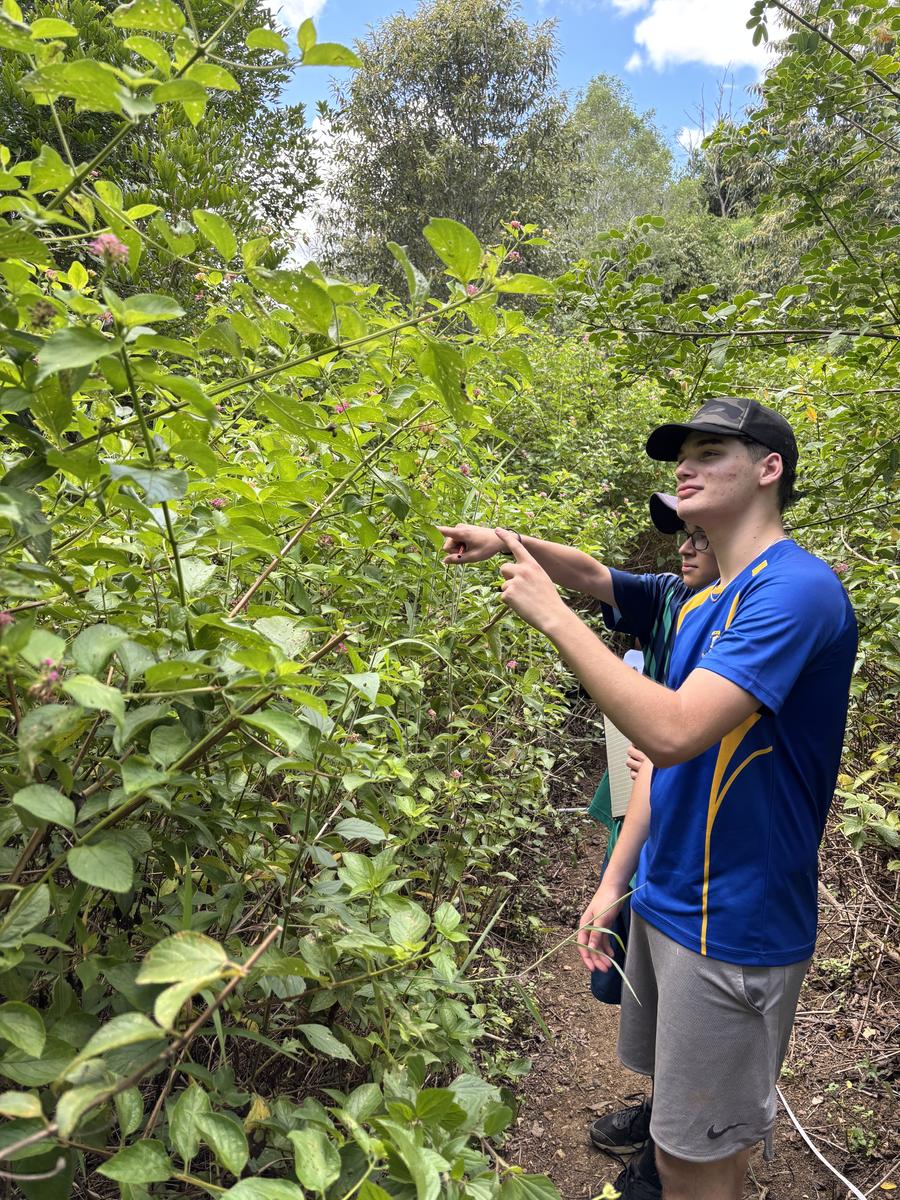
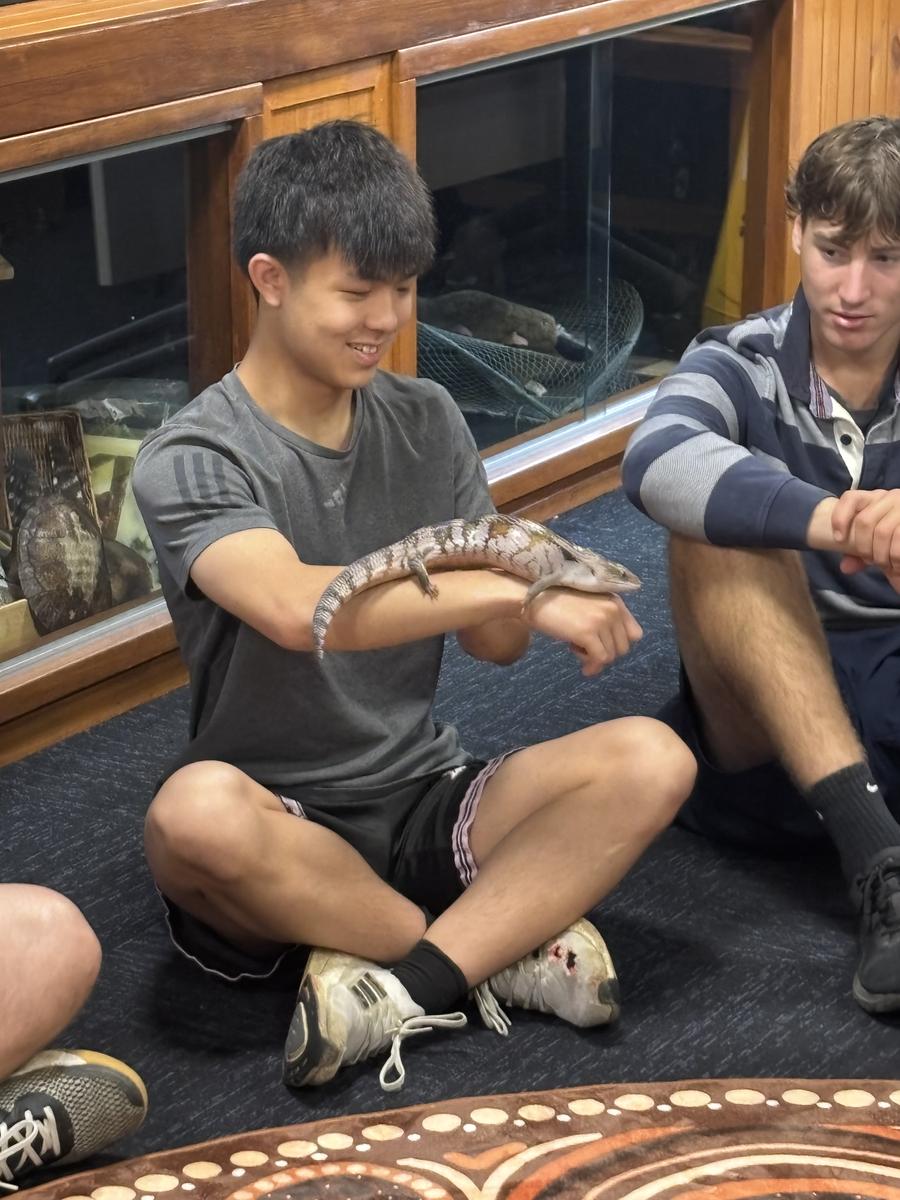







Thanks to Year 10 student, Ethan Heiner for his recount of a memorable excursion to the University of Queensland’s Antiquities Museum.
On Monday, the two Year 10 History classes were granted the exciting opportunity to visit the University of Queensland’s Antiquities Museum and experience firsthand the fascinating history of Ancient Egypt. The excursion was used to give the students an engaging and practical orientation into their unit, “Funerary Practices in Ancient Egypt.” The excursion allowed the students to analyse genuine Egyptian artefacts from an ancient tomb, with the purpose of determining their materials, time period, and use in funerary practices. The second part of the excursion was led by a curator, who educated the students about the many intriguing exhibits inside the University’s museum, such as religious artifacts, colourful burial masks, mummified artifacts, and the gods they worshipped. Due to excursions like these, many students learn invaluable hands-on knowledge about the Egyptian times and continue to grow their appreciation of the work of archaeologists and the History program at our College.
